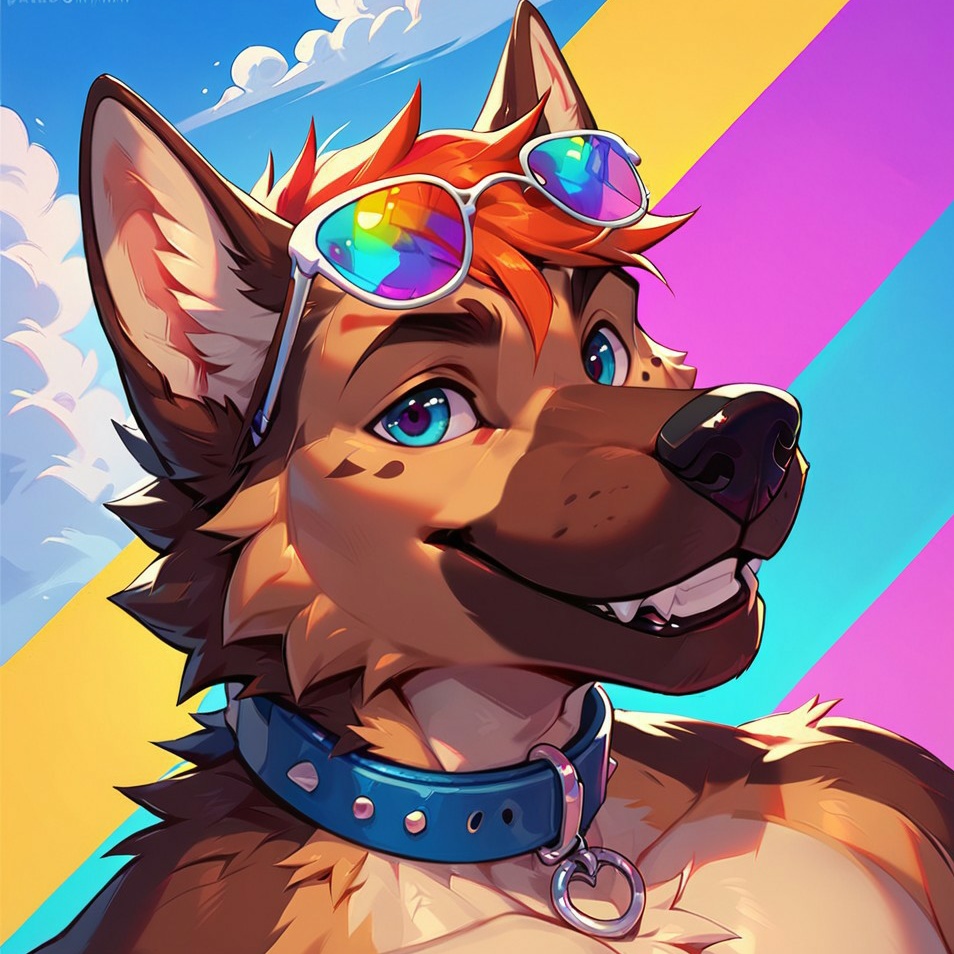8-Bit Art Gallery
8-bit AI art is a fascinating blend of nostalgia and technology, capturing the retro charm of pixelated graphics while showcasing the innovative capabilities of artificial intelligence. This art form draws inspiration from the classic video games of the 1980s and 1990s, featuring blocky, low-resolution visuals that evoke a sense of simplicity and creativity. By leveraging AI algorithms, artists can now generate highly detailed and intricate 8-bit designs that go beyond the limitations of traditional methods, pushing the boundaries of what pixel art can achieve.
The process of creating 8-bit AI art typically involves training AI models on vast datasets of pixel art and retro designs. These models learn the patterns, colors, and structures characteristic of 8-bit aesthetics, allowing them to recreate the style with remarkable precision. Whether it’s crafting landscapes, characters, or abstract designs, AI tools offer artists the ability to experiment and generate unique works that are both nostalgic and modern. This fusion of old-school graphics and cutting-edge technology opens up new possibilities for artistic expression, appealing to gamers, art enthusiasts, and tech-savvy individuals alike.
As the popularity of 8-bit AI art continues to grow, it serves as a reminder of how technology can breathe new life into classic styles. From digital galleries to video game design and even merchandise, this art form is finding its way into various creative industries. The combination of AI’s efficiency and the timeless appeal of pixel art ensures that 8-bit AI creations remain relevant and captivating, offering a fresh perspective on a beloved aesthetic that has stood the test of time.
Abstract Gallery
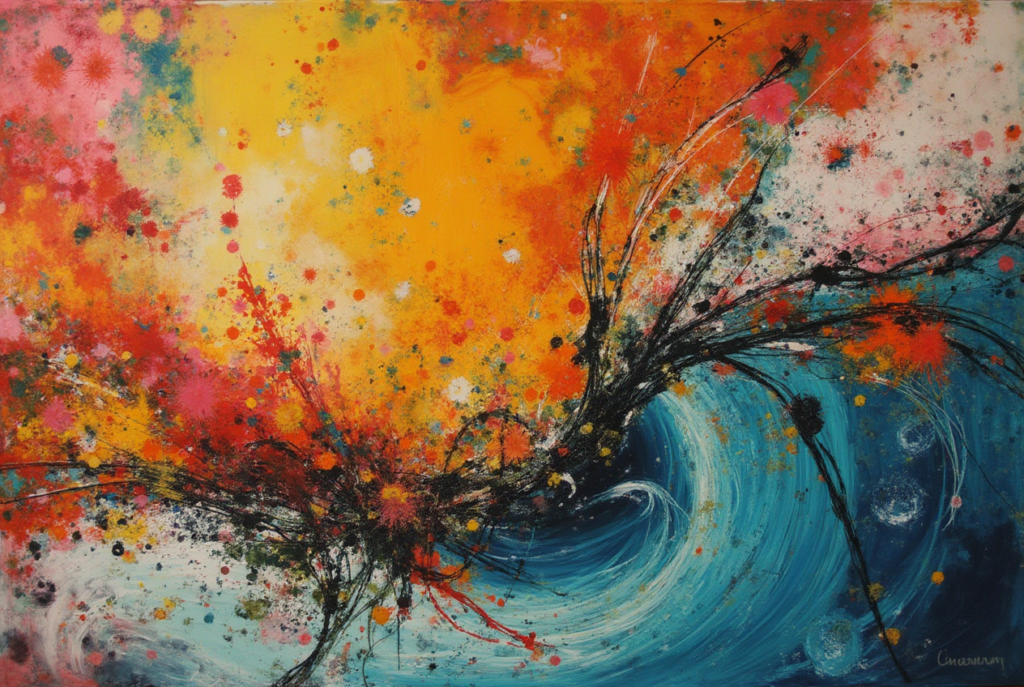
Abstract AI artwork represents a fascinating intersection of creativity and technology, where algorithms and machine learning models are employed to generate visually compelling and thought-provoking pieces of art. These creations often explore unique forms, unpredictable patterns, and vibrant colors that challenge traditional artistic boundaries. By leveraging artificial intelligence, artists and developers can push the limits of imagination, producing works that are both innovative and deeply expressive.
This genre of art invites viewers to interpret the pieces in their own way, as the abstract nature often sparks curiosity and emotion. The fusion of human creativity with AI’s computational power results in designs that feel both futuristic and timeless. Whether inspired by real-world elements or entirely generated from code, abstract AI artwork demonstrates the incredible potential of this evolving medium. It not only redefines what art can be but also invites us to think about the role of technology in shaping the future of creative expression.
Art Deco
Art Deco AI art captures the iconic elegance and bold sophistication of the Art Deco movement through advanced digital creativity. This style, characterized by its geometric shapes, rich color palettes, and luxurious details, is reimagined in a modern context using artificial intelligence algorithms. AI artists can generate stunning compositions that reflect the glamour of the 1920s and 1930s, blending symmetry and opulence with innovative technology.
Through AI-driven techniques, the distinctive features of Art Deco, such as sharp angles, sleek lines, and intricate patterns, are enhanced in ways that push the boundaries of traditional design. These creations often evoke a sense of nostalgia while offering a fresh perspective on a timeless aesthetic. AI tools allow creators to experiment with dynamic interpretations, resulting in unique pieces that seamlessly combine historical influences with futuristic visions.
Art Deco AI art has become a popular medium for expressing creativity in digital spaces, inspiring both designers and enthusiasts alike. From vibrant posters to abstract digital landscapes, this fusion of vintage refinement and modern ingenuity showcases the endless possibilities of AI in the artistic world. It’s a celebration of style, innovation, and the enduring allure of Art Deco design.
Art Nouveau
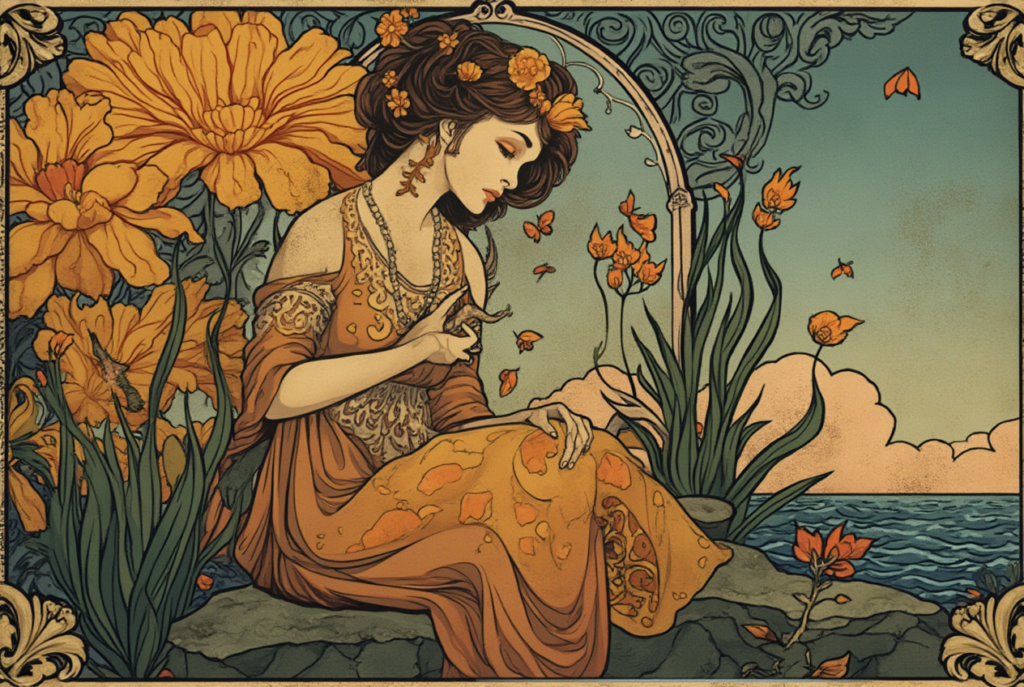
Art Nouveau AI art blends the elegance and intricate beauty of the late 19th-century artistic movement with the cutting-edge possibilities of modern technology. This unique fusion brings to life the flowing lines, organic forms, and decorative motifs that define Art Nouveau, reimagined through the lens of artificial intelligence. By analyzing and recreating the style, AI can generate pieces that echo the charm of vintage posters, ornate architecture, and nature-inspired designs, making the past resonate with the innovations of today.
These AI-generated works capture the essence of Art Nouveau while exploring new creative dimensions, offering a contemporary twist on a timeless aesthetic. From swirling floral patterns to ethereal portraits, the possibilities are endless as AI evolves to interpret and expand upon the movement’s signature elements. Whether used as inspiration for modern design or as standalone art, this blend of tradition and technology breathes new life into a classic style.
Avant-garde
Avant-garde AI art represents a groundbreaking fusion of creativity and technology, pushing the boundaries of artistic expression into uncharted territories. This modern form of art leverages cutting-edge artificial intelligence algorithms to craft unique, thought-provoking pieces that challenge conventional aesthetics. By blending human ingenuity with machine learning, avant-garde AI art introduces a fresh perspective on the relationship between art, science, and innovation.
These creations often defy traditional norms, embracing abstract concepts, surreal imagery, and innovative techniques that might not be achievable by human artists alone. AI-generated art has the ability to reinterpret existing styles, merge genres, and produce entirely new visual languages. This opens up endless possibilities for experimentation, giving rise to a new era of artistic exploration that questions our understanding of authorship and originality.
Baroque
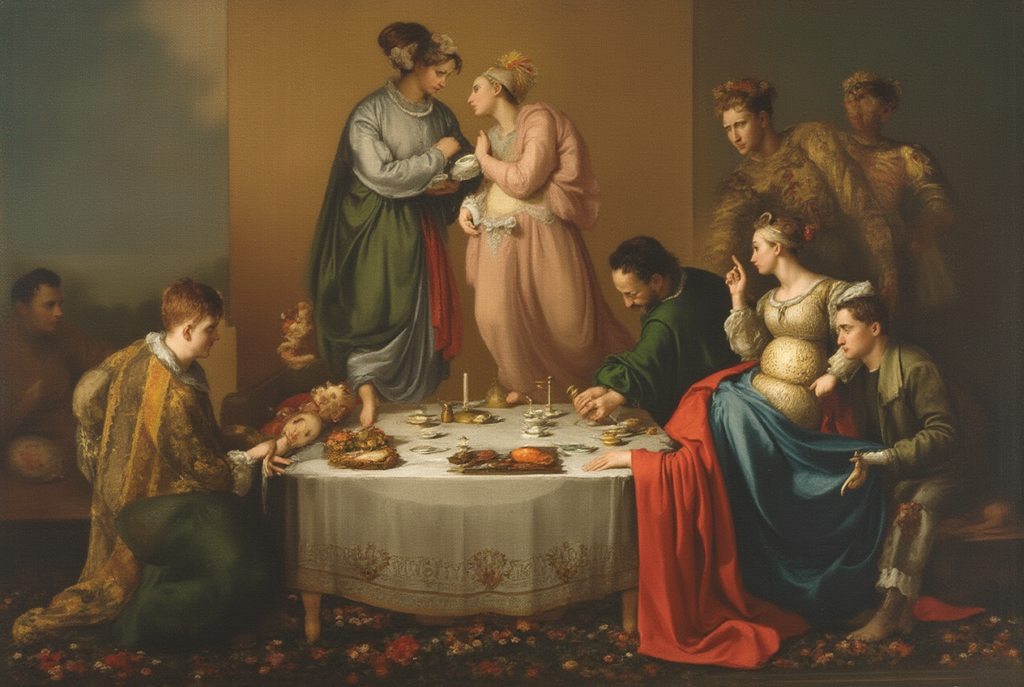
Baroque AI art is an innovative fusion of historical artistic traditions and cutting-edge technology. Drawing inspiration from the dramatic, ornate, and highly detailed aesthetic of the Baroque period, AI algorithms are now capable of replicating and reimagining the grandeur of this iconic style. These programs analyze patterns, textures, and compositions from classical masterpieces to generate new, captivating works that echo the emotion and complexity of the 17th-century art movement.
By utilizing deep learning models, AI artists can explore the interplay of light and shadow, known as chiaroscuro, alongside the dynamic and theatrical themes that define Baroque art. The result is a digital renaissance of sorts, where machines create intricate and expressive pieces that captivate modern audiences while paying homage to the past. This synthesis of technology and tradition opens doors to fresh interpretations, allowing contemporary creators to expand the boundaries of art in unprecedented ways.
Caricature Gallery
Caricature AI art represents a fascinating blend of technology and creativity, where artificial intelligence is used to generate exaggerated and stylized portraits of individuals. These digital creations often highlight prominent physical features or expressions, resulting in playful and humorous interpretations of the subject. Artists and enthusiasts are increasingly leveraging AI tools to produce caricatures with precision and imagination, pushing the boundaries of traditional art forms.
This innovative approach to caricature art allows for quicker production while maintaining a high level of detail and artistic flair. AI algorithms analyze facial features, proportions, and expressions to craft unique portraits that capture the essence of a person in a distinctive way. Whether used for entertainment, marketing, or personal projects, AI-driven caricature art is becoming a popular medium that appeals to a wide audience.
As technology continues to evolve, AI caricature art offers endless possibilities for customization and experimentation. Users can adjust styles, levels of exaggeration, and artistic techniques to create personalized and memorable pieces. This fusion of artificial intelligence and artistic creativity is not only reshaping the world of caricature art but also inspiring new ways to engage with digital artwork.
Classicism Gallery
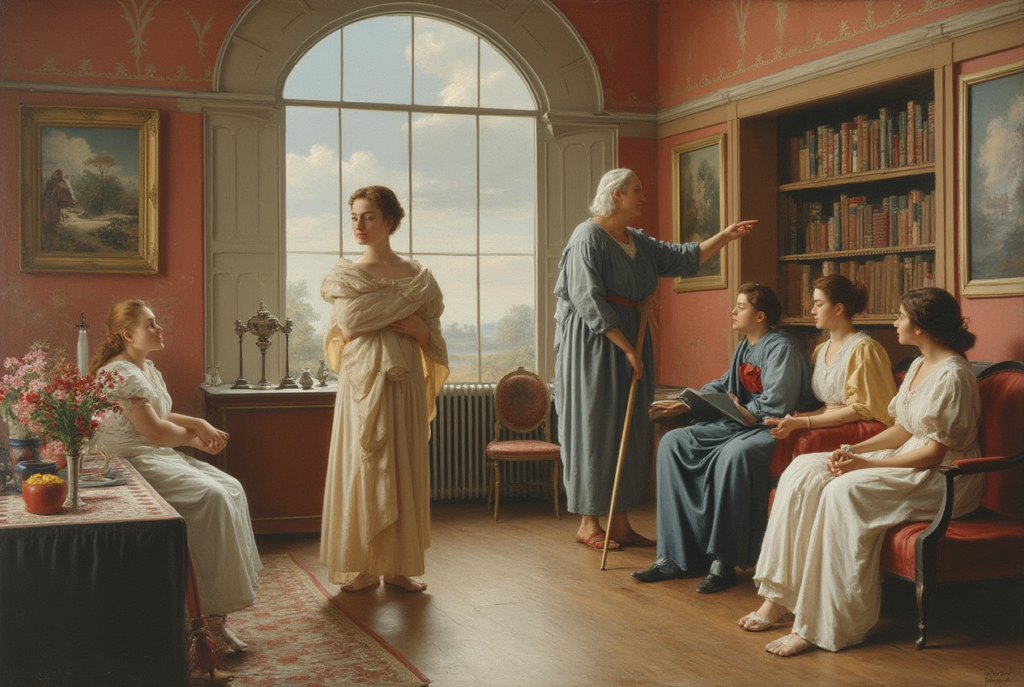
Classicism in AI artwork represents a harmonious blend of timeless artistic traditions and modern technology. Rooted in the principles of balance, symmetry, and proportion, this style draws inspiration from ancient Greek and Roman art, as well as the Renaissance period. AI algorithms are utilized to emulate the elegance and refinement of classical masterpieces, producing digital works that echo the grandeur of historical art movements. These creations often feature realistic human figures, idealized forms, and a focus on natural beauty, all while maintaining the meticulous attention to detail characteristic of classicism.
Through the use of advanced machine learning techniques, AI can analyze countless works of classical art to generate unique pieces that pay homage to this celebrated style. Artists and programmers collaborate to train these algorithms, ensuring the resulting artwork captures the essence of classical aesthetics. This innovative approach not only preserves the legacy of traditional art but also introduces a modern twist, enabling audiences to experience the timeless beauty of classicism in a new and engaging way. By merging tradition with technology, AI-driven classicism redefines how we interact with and appreciate the art of the past.
Expressionism Gallery
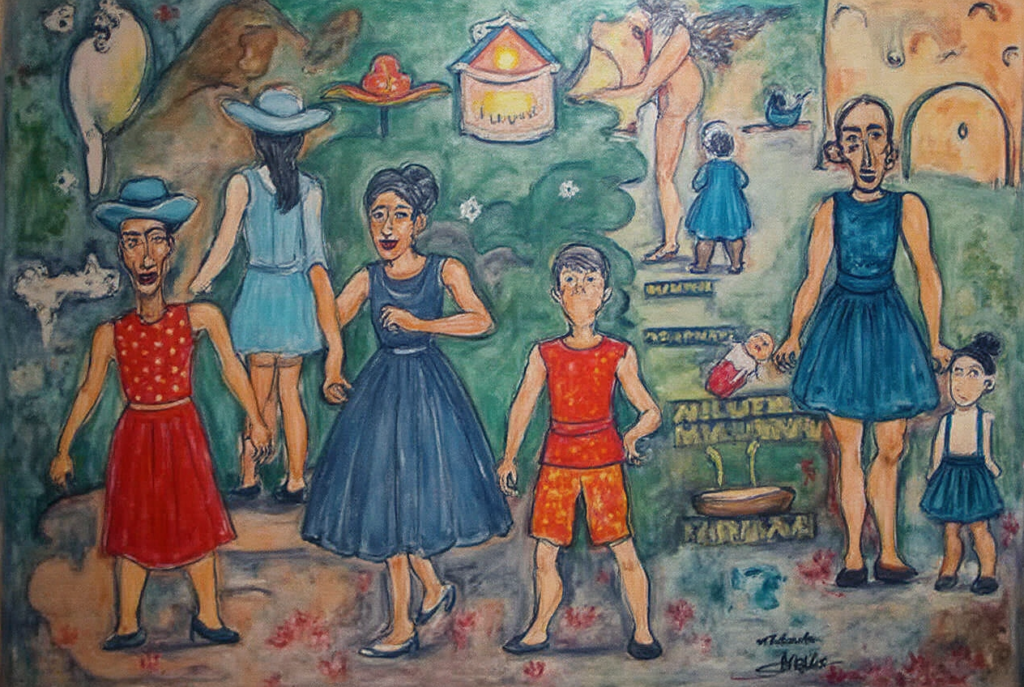
Expressionism in AI art represents a fascinating convergence of creativity and technology, where artificial intelligence becomes a tool for generating emotionally charged and visually striking artworks. This modern adaptation of the Expressionist movement channels emotions, moods, and subjective experiences into digital canvases, often resulting in bold, abstract, and evocative compositions. By utilizing machine learning algorithms, AI can analyze and mimic the key elements of Expressionist art while simultaneously introducing new dimensions of creativity not bound by human limitations.
Artists and programmers working with AI often feed the system vast datasets of Expressionist works, allowing it to learn patterns, textures, and color schemes characteristic of the style. The outcome is a blend of human intention and machine interpretation, where the raw emotional intensity of Expressionism is reimagined through a futuristic lens. These AI-generated pieces often challenge the viewer’s perception, creating a dialogue between traditional art forms and the possibilities of artificial intelligence as a creative partner.
Impressionism Gallery
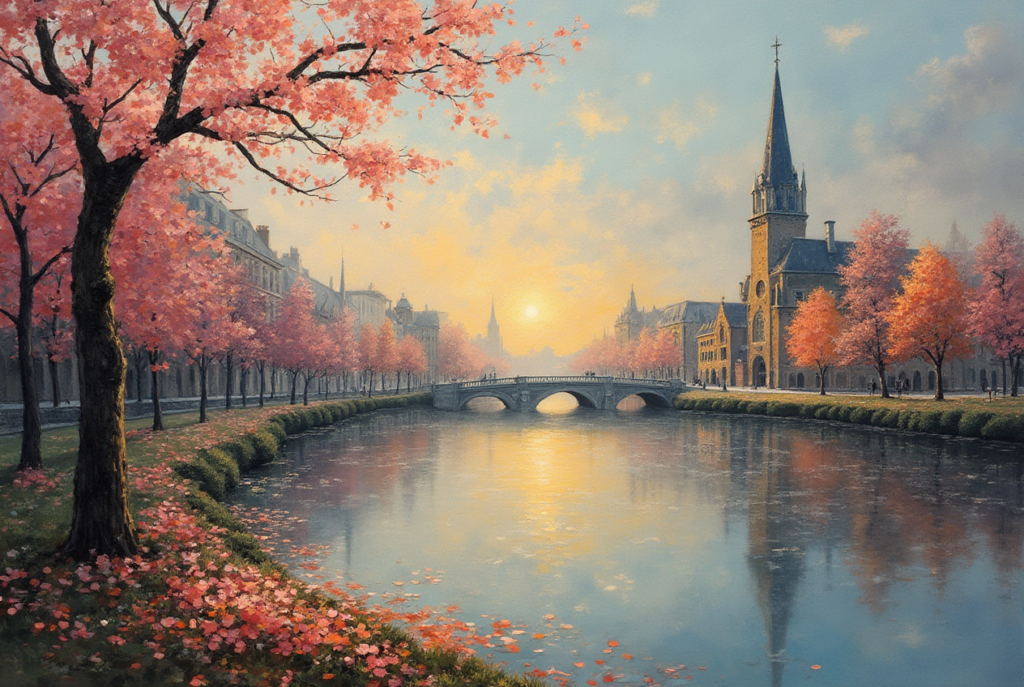
Impressionism AI art represents a fascinating fusion of traditional artistic styles and modern technology. By utilizing advanced algorithms and machine learning, artificial intelligence can now replicate the delicate brushstrokes, vibrant color palettes, and emotive qualities that define the Impressionist movement. This innovative approach not only pays homage to the works of masters like Monet, Renoir, and Degas but also opens up new possibilities for creative expression in the digital age.
Through AI-driven tools, artists and enthusiasts can explore the beauty of Impressionism in entirely new ways. These systems analyze countless works of art to understand the intricate patterns and techniques that made the style so revolutionary. As a result, AI-generated Impressionist art can reimagine familiar landscapes, portraits, and scenes, blending human creativity with technological precision to produce mesmerizing visuals that feel both timeless and contemporary.
This intersection of art and technology is reshaping how we perceive creativity. AI-generated Impressionism invites us to celebrate the past while embracing the future, offering an exciting glimpse into the endless potential of art in a world increasingly influenced by innovation. It challenges traditional boundaries and inspires questions about the evolving role of the artist in a digital era.
Minimalism Gallery
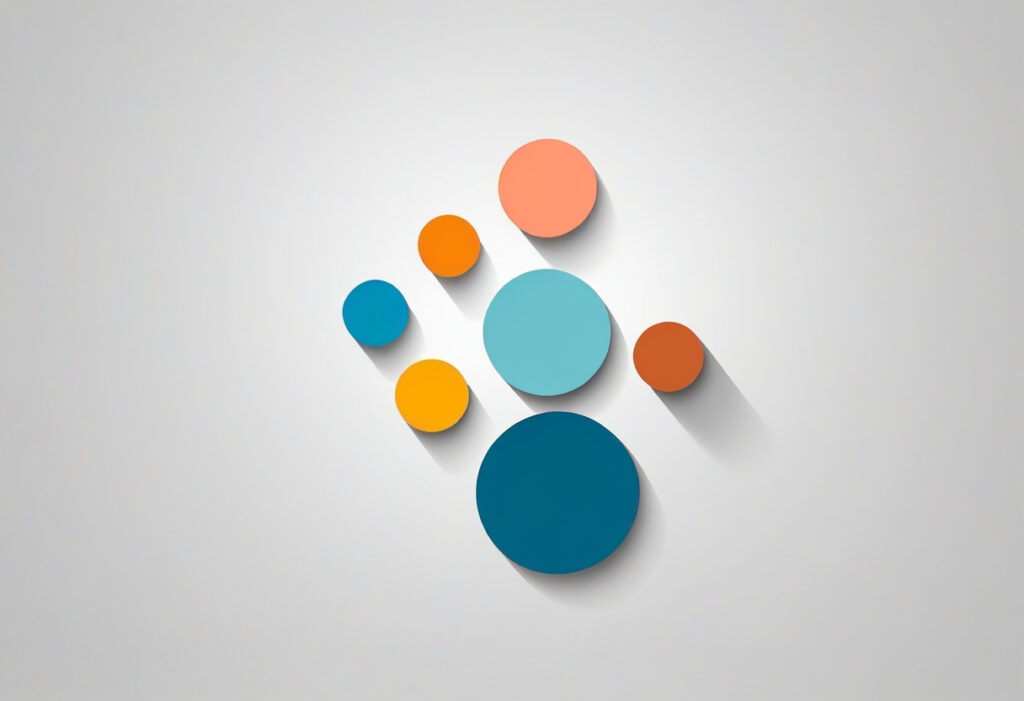
Minimalism AI art is a fascinating blend of technological innovation and artistic simplicity. It focuses on creating clean, uncluttered designs that emphasize the beauty of minimal elements. Using artificial intelligence, artists can generate compositions that highlight balance, harmony, and intentional absence of excess, resulting in visually striking and thought-provoking pieces.
The use of AI in minimalism pushes the boundaries of creativity by automating repetitive tasks and introducing unique patterns or designs. This allows artists to explore new possibilities while maintaining the essence of minimalism—clarity and purpose. Through the machine-learning process, AI tools can analyze countless styles and techniques, helping to produce artwork that feels both modern and timeless.
What makes minimalist AI art stand out is its ability to evoke emotion and depth through simplicity. By stripping away distractions, the art focuses on key shapes, colors, and textures, creating a calming and reflective experience for the viewer. This fusion of artificial intelligence and minimalism speaks to the evolving relationship between technology and creativity, offering a fresh perspective on what art can achieve in the digital age.
Miscellaneous Females
Miscellaneous Males
Miscellaneous Trans
Sci-Fi/Fantasy/Horror Gallery
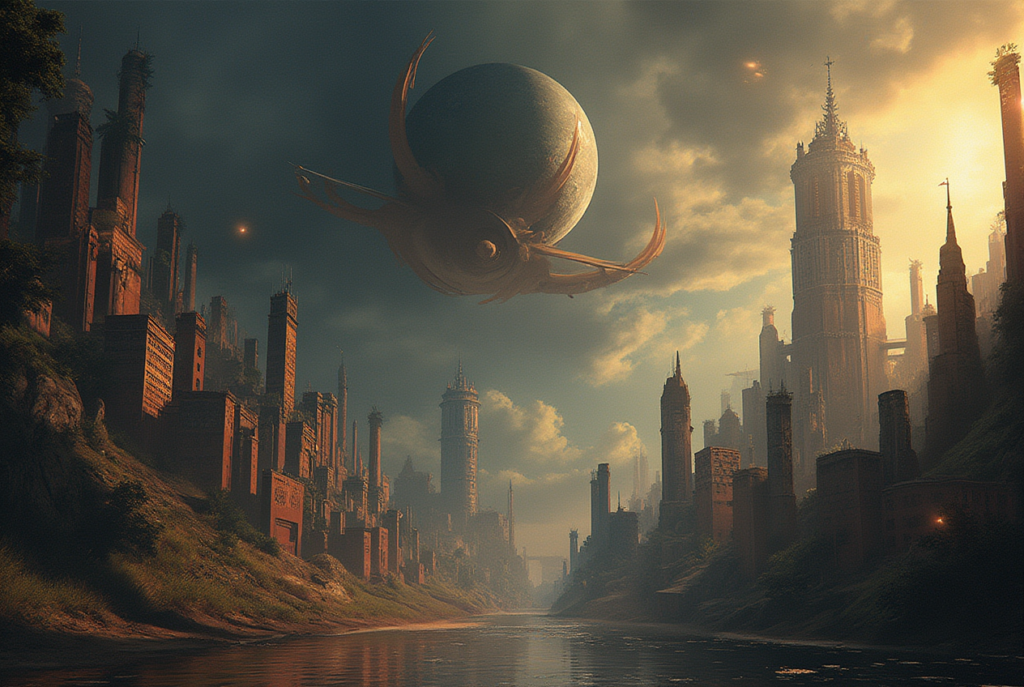
Science fiction AI art represents a fascinating intersection of creativity and technology, where futuristic worlds and imaginative concepts come to life through the lens of artificial intelligence. This innovative form of art allows creators to explore uncharted territories, crafting visuals that push the boundaries of human imagination. AI algorithms analyze vast datasets and blend artistic styles, enabling the creation of surreal, otherworldly imagery that captures the essence of speculative fiction. From sprawling alien landscapes to intricate robotic designs, this medium offers endless possibilities for storytelling and artistic exploration.
The use of artificial intelligence in science fiction art also challenges traditional notions of authorship and creativity. By collaborating with AI tools, artists can generate entirely new aesthetics, combining human vision with machine precision. These artworks often evoke a sense of wonder, depicting alternate realities, advanced civilizations, and the interplay between humanity and technology. The results are not only visually stunning but also thought-provoking, encouraging viewers to reflect on the potential future of our world and the role AI might play in shaping it.
As AI continues to advance, science fiction AI art evolves alongside it, becoming increasingly sophisticated and versatile. Artists now have access to powerful tools that can simulate complex textures, lighting, and even narrative elements, allowing for more dynamic and immersive creations. This blend of art and technology serves as a testament to the endless potential of human ingenuity, offering a glimpse into what might be possible in the years to come. The collaboration between human creativity and artificial intelligence opens the door to a new era of artistic expression, where the line between reality and imagination becomes beautifully blurred.
Fantasy AI art is a captivating fusion of imagination and technology, bringing fantastical worlds and characters to life through the power of artificial intelligence. These mesmerizing creations often feature surreal landscapes, mythical creatures, and otherworldly designs, blending elements of fantasy storytelling with cutting-edge digital artistry. AI tools have revolutionized the creative process, allowing artists to generate unique and intricate visuals that push the boundaries of traditional art forms.
With AI-driven platforms, artists can explore endless possibilities, experimenting with vibrant colors, dynamic compositions, and intricate details to craft stunning fantasy visuals. These tools not only enhance creativity but also make it more accessible, enabling individuals with little to no artistic background to create awe-inspiring works. From majestic dragons to enchanted forests, fantasy AI art transports viewers to realms limited only by the creator’s imagination, offering a limitless playground for storytelling and visual expression.
Horror AI art is a fascinating and unsettling blend of technology and creativity, where artificial intelligence is used to generate eerie, spine-chilling imagery. By harnessing advanced algorithms and neural networks, AI can produce artwork that taps into deep-seated fears and the subconscious, creating visuals that are both captivating and deeply disturbing. These images often feature surreal, distorted figures, haunting landscapes, and unearthly scenarios that blur the line between reality and nightmare.
This type of art has gained popularity for its ability to evoke powerful emotions and explore the darker corners of human imagination. AI-generated horror art often draws from a wide range of influences, from classic gothic horror to modern psychological thrillers, resulting in pieces that feel both timeless and innovative. By analyzing countless examples of horror-related imagery, AI can generate original works that push the boundaries of creativity and challenge traditional notions of art.
As AI continues to evolve, horror art created through this medium raises intriguing questions about the role of technology in artistic expression. It offers a unique platform for exploring themes of fear, mortality, and the unknown, while also sparking debates about the ethical implications of machine-generated creativity. Whether viewed as a tool for inspiration or a standalone art form, horror AI art provides a glimpse into the chilling possibilities of merging artificial intelligence with the human psyche.
Surrealism Gallery
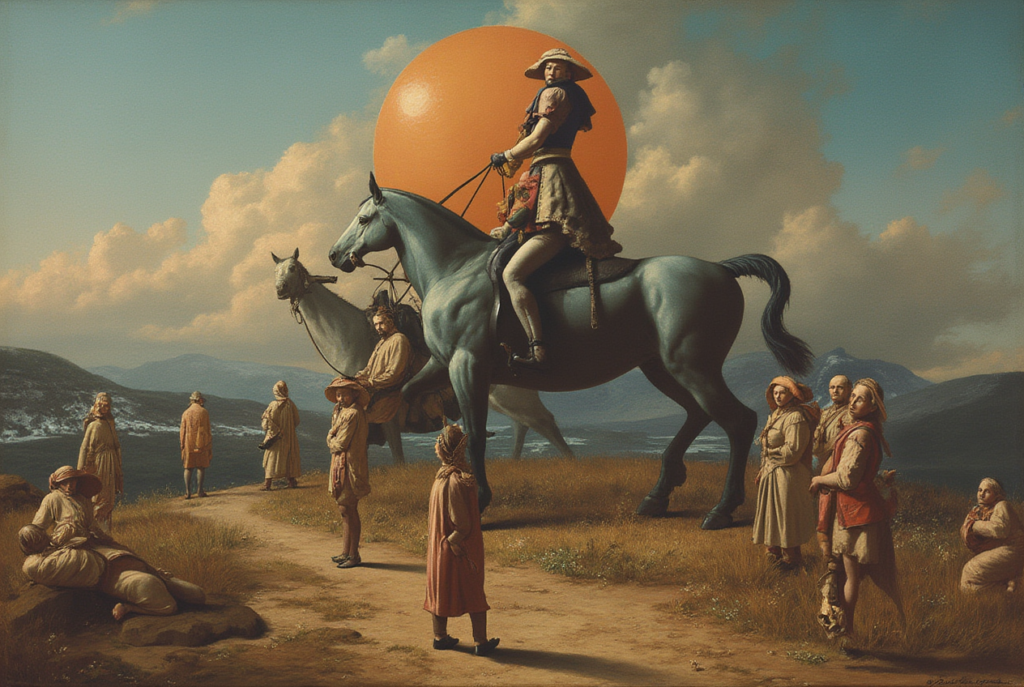
Surrealism AI art blends the imaginative essence of surrealism with the cutting-edge capabilities of artificial intelligence, resulting in uniquely captivating creations. This fusion allows for the exploration of dreamlike landscapes, abstract forms, and thought-provoking imagery that challenges conventional perceptions of reality. By leveraging algorithms and neural networks, AI artists generate pieces that evoke the subconscious, often presenting visuals that feel both familiar and otherworldly.
The process of creating surrealism AI art involves feeding the AI with vast datasets of artistic styles, symbols, and concepts. The AI then interprets these inputs, producing artwork that reflects the surrealist tradition of transcending logic and reason. These digital creations can feature melting shapes, juxtaposed objects, and imaginative environments that mimic the fluidity of dreams. The result is art that pushes boundaries, offering new ways to experience and interpret the surreal.
This innovative approach to art-making not only pays homage to the surrealist movement but also expands its possibilities through technology. Surrealism AI art serves as a bridge between human creativity and machine intelligence, demonstrating how the two can collaborate to produce works that are mesmerizing, unconventional, and deeply evocative.
Vector Art
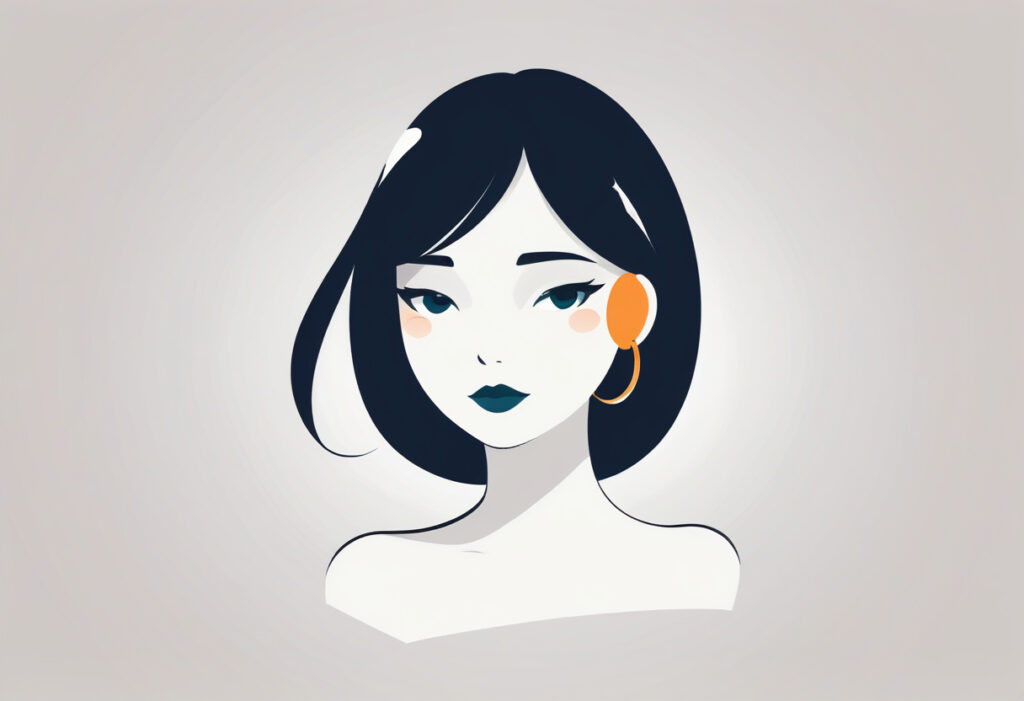
Vector AI art represents a fascinating blend of creativity and technology, leveraging artificial intelligence to craft intricate, scalable digital illustrations. Unlike traditional raster images, vector graphics are composed of mathematical paths, allowing them to maintain clarity and precision at any size. AI-powered tools enhance this art form by automating complex design processes, enabling artists to explore new styles, generate unique patterns, and experiment with dynamic shapes effortlessly.
With the integration of AI, vector art creation has become more intuitive and efficient. Artists can now harness machine learning algorithms to analyze their design preferences, suggest complementary elements, or even produce entire compositions based on a brief input. This technology not only speeds up the creative workflow but also opens doors to endless possibilities, empowering designers to push boundaries and craft visuals that were once unimaginable.
Unknown/Miscellaneous Gallery

